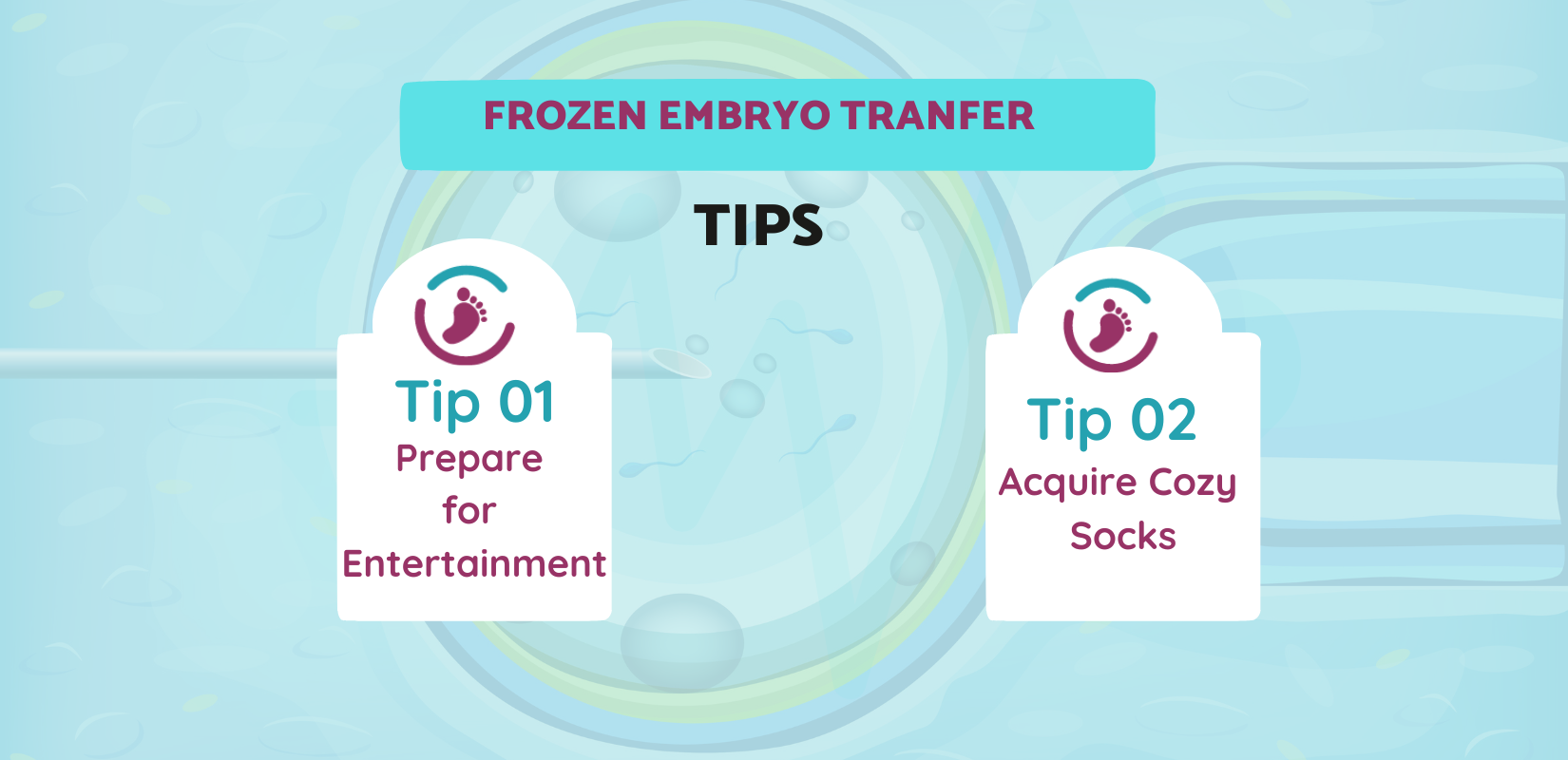
Frozen embryo transfer, commonly referred to as FET, is a well-known procedure in the in vitro fertilization (IVF) field. It involves the transfer of cryopreserved embryos, which were created during a previous egg retrieval cycle, into the uterus. FET has gained popularity due to its safety and high success rates.
The female patient undergoes a typical IVF treatment cycle during a frozen embryo transfer process. However, instead of immediately transferring the embryos into the uterus, they are cryopreserved for future use. It allows the female to choose between freezing her eggs or utilizing donor eggs. The frozen embryos are transferred later once the woman fully recovers from the initial IVF treatment. This approach reduces the effects of desynchronization and improves the chances of successful implantation and pregnancy.
Frozen embryo transfer (FET) has revolutionized the field of assisted reproductive technology by offering patients more flexibility and increasing the likelihood of achieving a successful pregnancy. Its effectiveness and safe and controlled nature have made FET a popular choice among individuals seeking fertility treatments.
Increased Success Rates
One of the major advantages of the Frozen embryo transfer procedure is its higher success rate. By freezing embryos for future use, multiple opportunities for transfer become available. It increases the chances of achieving a successful pregnancy. Even if the initial IVF cycle is unsuccessful, the frozen embryos can be utilized in subsequent FET cycles without needing ovarian stimulation or egg retrieval.
Convenient Scheduling of FET Cycles
Frozen embryo transfer cycles can be conveniently scheduled based on the patient's preferences. Once the treatment begins, oral estrogen is administered to prepare the uterine lining for embryo transfer. Subsequently, progesterone supplements are provided to ensure the female patient's body is ready for pregnancy. This flexibility in scheduling allows for better coordination and planning, making the FET process more convenient for the individual.
One of the advantages of Frozen Embryo Transfer (FET) is the ability to perform genetic testing on embryos. It helps ensure the transfer of healthy and genetically normal embryos, increasing the chances of a successful pregnancy. There are different types of genetic tests available for embryos in FET:

Embarking on a Frozen Embryo Transfer (FET) cycle can bring uncertainty and stress. However, it's crucial to remember that you're in capable hands as you navigate the preparation and anticipation of the procedure and its outcomes. By preparing yourself and understanding what to expect, you can positively enhance your chances of a successful transfer and begin the process.
To further increase your chances of a successful IVF frozen embryo transfer, consider implementing the following tips and tricks before your procedure:
Ensuring you have ample entertainment options, such as books, TV shows, or music, is essential during the preparation phase for the procedure. It serves a dual purpose. Firstly, it helps divert your attention from potential anxiety or nervousness, especially if it's your first time undergoing an embryo transfer. Secondly, keeping yourself entertained while on bed rest provides an excellent opportunity for self-care and self-indulgence.
In Chinese medicine, it is believed that a "cold" uterus with inadequate blood flow and circulation can contribute to infertility. While wearing socks may not be a definitive solution, it certainly doesn't hurt. Additionally, it is worth noting that many patients have embraced warm socks as a long-standing IVF superstition, although opinions on this matter may vary.
Preparing for a frozen embryo transfer can evoke uncertainty, worry, and fear, particularly for couples who have experienced failed IVF cycles. The desire to create a family and bring new life into the world is a cherished dream for many couples. However, the fertility journey is often complex and unpredictable. Fortunately, previous attempts at embryo transfers or IVF can yield multiple embryos for future endeavours for those who have already undergone one or more IVF cycles and have remaining frozen embryos.
Your email address will not be published. Required fields are marked *